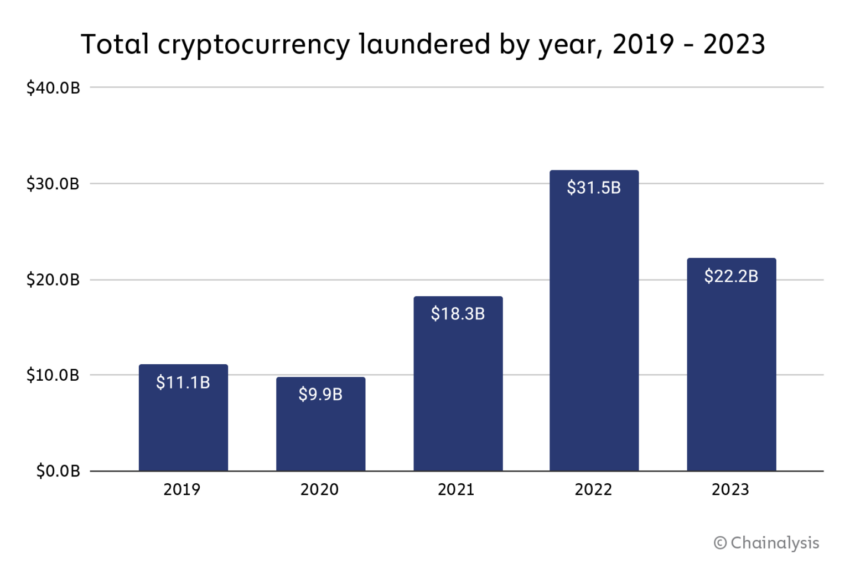
Russian intermediaries are reportedly navigating the complex web of sanctions imposed by the West, leveraging cryptocurrencies like Tether’s USDT. They are allegedly using USDT to secure vital components for military hardware.
Central to this narrative is the case of Andrey Zverev, a self-proclaimed Russian smuggler based in China, who orchestrated a significant transaction for Russia’s arms manufacturer, known globally for the AK-47 rifle.
How Russia Uses Crypto to Bypass Sanctions
In 2022, Zverev acquired electronic drone parts, crucial for Russia’s military efforts in Ukraine. He bypassed traditional banking, using a Hong Kong distributor.
This move evaded the scrutiny of sanctions-wary financial institutions. According to the Wall Street Journal (WSJ), Zverev chose USDT, a cryptocurrency, for this untraceable transaction.
Tether’s stablecoin, tied to the US dollar, often faces allegations of being infamous in black-market trades. Its daily volumes often surpass those of Bitcoin, signifying its role in clandestine financial activities. In 2023, Tether’s transactions neared $10 trillion, challenging major financial entities like Visa.
Russian entities allegedly use Tether to circumvent Western sanctions, procuring dual-use goods for military technology. This involves converting rubles into USDT and paying foreign suppliers, thus avoiding detection. The US Treasury has urged for laws to block such cryptocurrency transactions, aiming to uphold sanction efficacy.
“Russia is increasingly turning to alternative payment mechanisms to circumvent US sanctions and continue to fund its war against Ukraine,” Brian Nelson, the US Department of the Treasury’s Undersecretary for Terrorism and Financial Intelligence said.
Read more: 8 Best Crypto Wallets to Store Tether (USDT)

However, financial experts and blockchain analytics firms have shown that the scale of crypto use for illicit financing, including terrorism, is far less substantial than initially feared.
Nelson also highlighted this point, stating that traditional financial systems remain the preferred avenue for large-scale illicit funding, not cryptocurrencies. Elliptic’s analysis revealed that groups like Hamas received a relatively minor sum through crypto, further undermining the argument of cryptocurrencies as a major channel for terrorism financing.
The discrepancy between the perceived and actual use of cryptocurrencies in illicit financing has fueled a debate on the necessity and scope of stringent crypto regulations.
Read more: Crypto Regulation: What Are the Benefits and Drawbacks?
While some lawmakers push for aggressive regulatory measures, citing national security, others argue for a balanced approach to avoid stifling innovation in the digital asset sector.
The post USDT in the Shadows: Russian Smugglers Use Crypto to Evade Western Sanctions appeared first on BeInCrypto.




